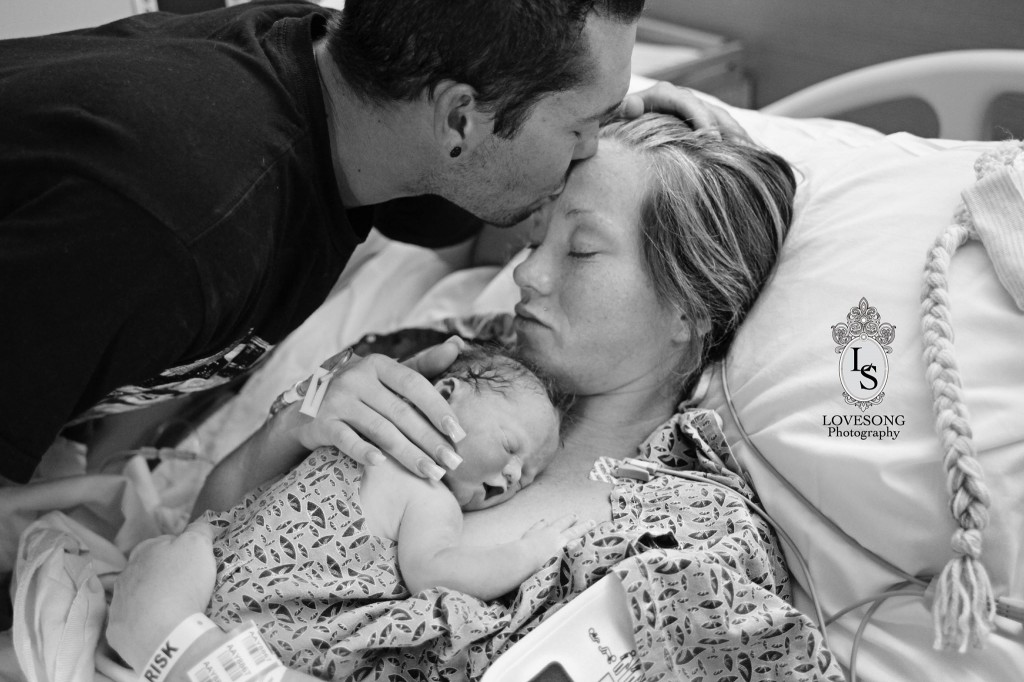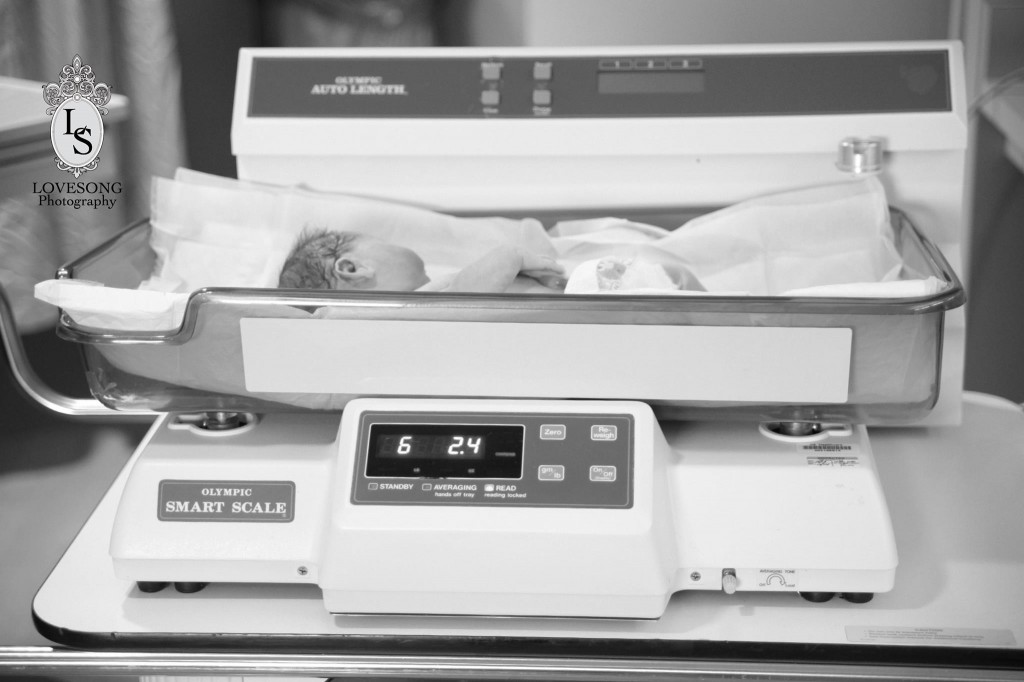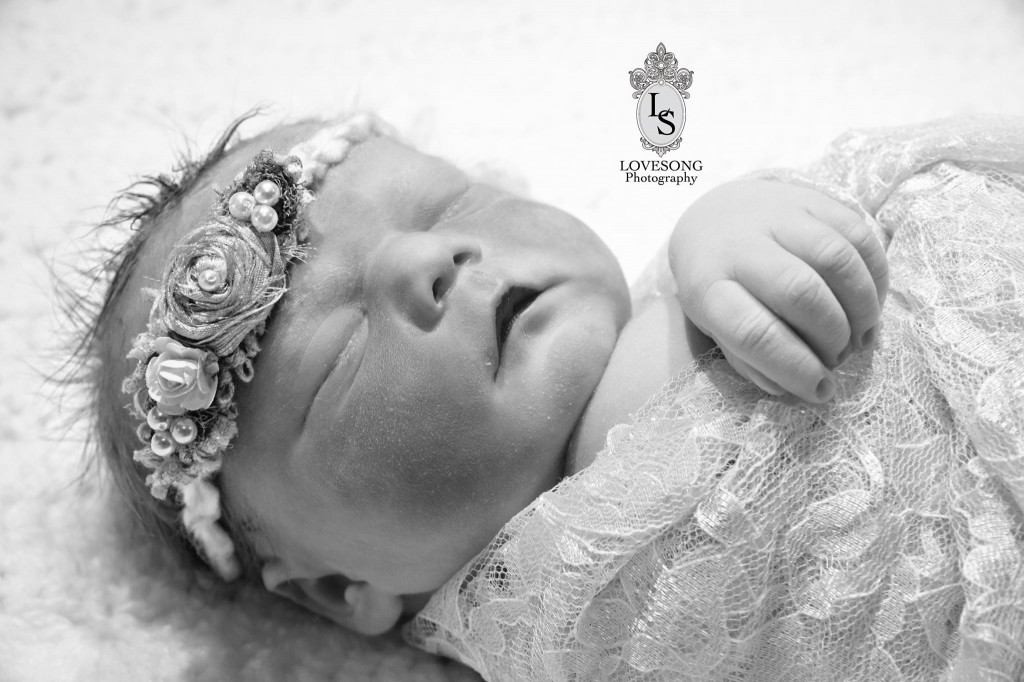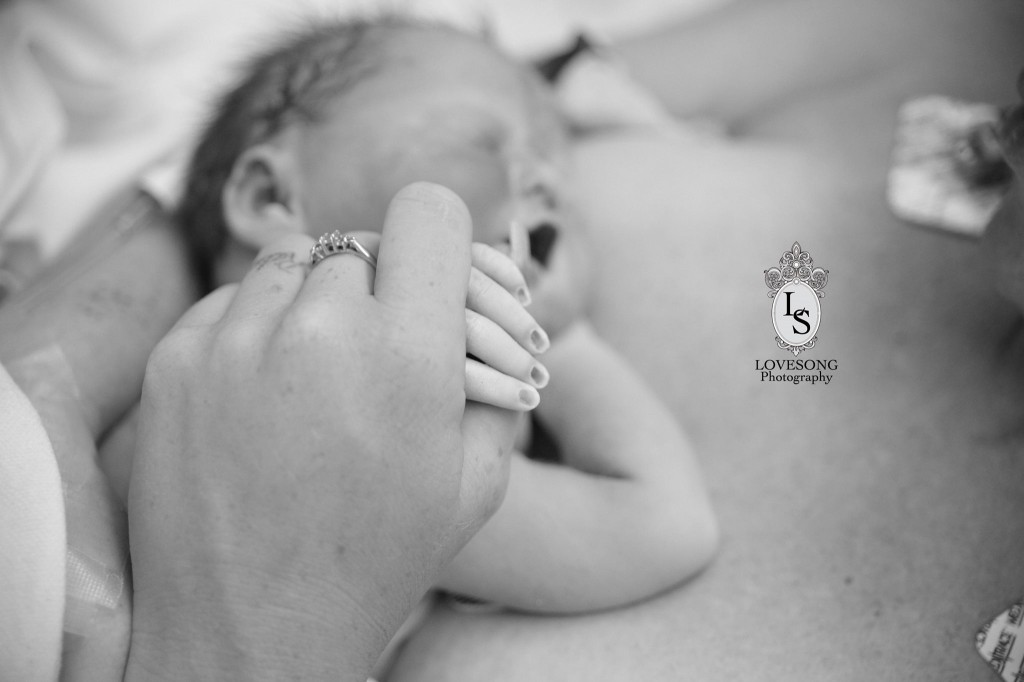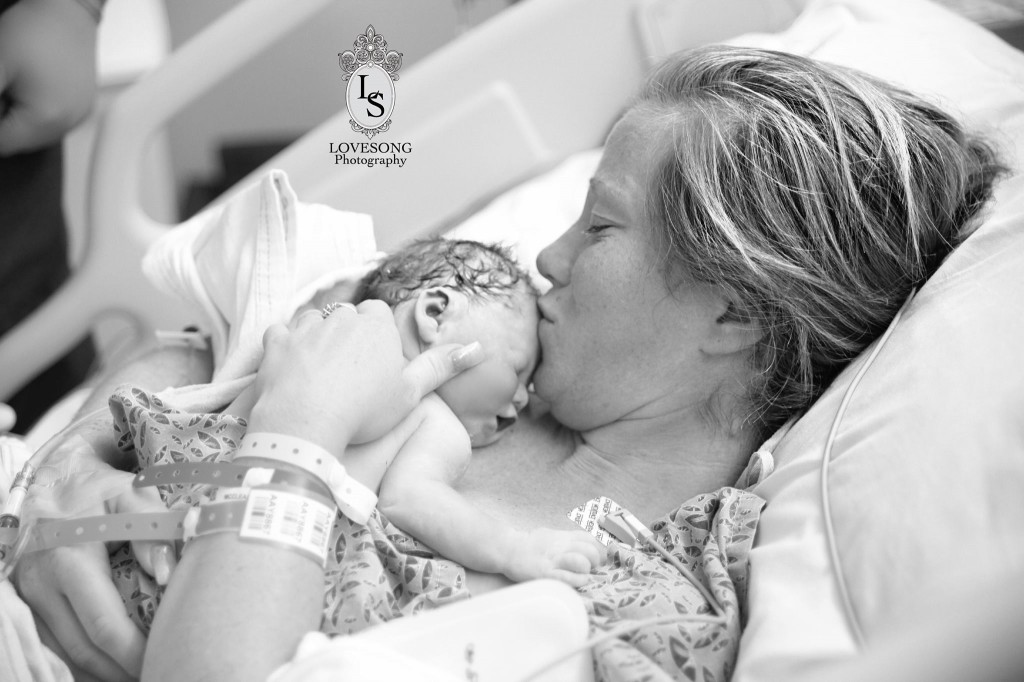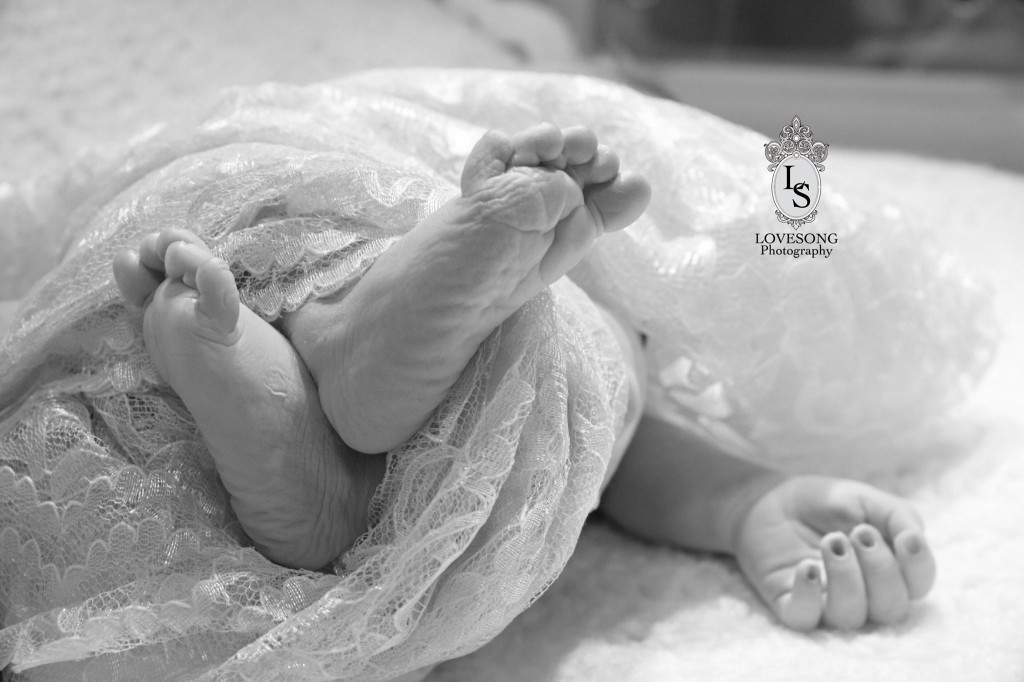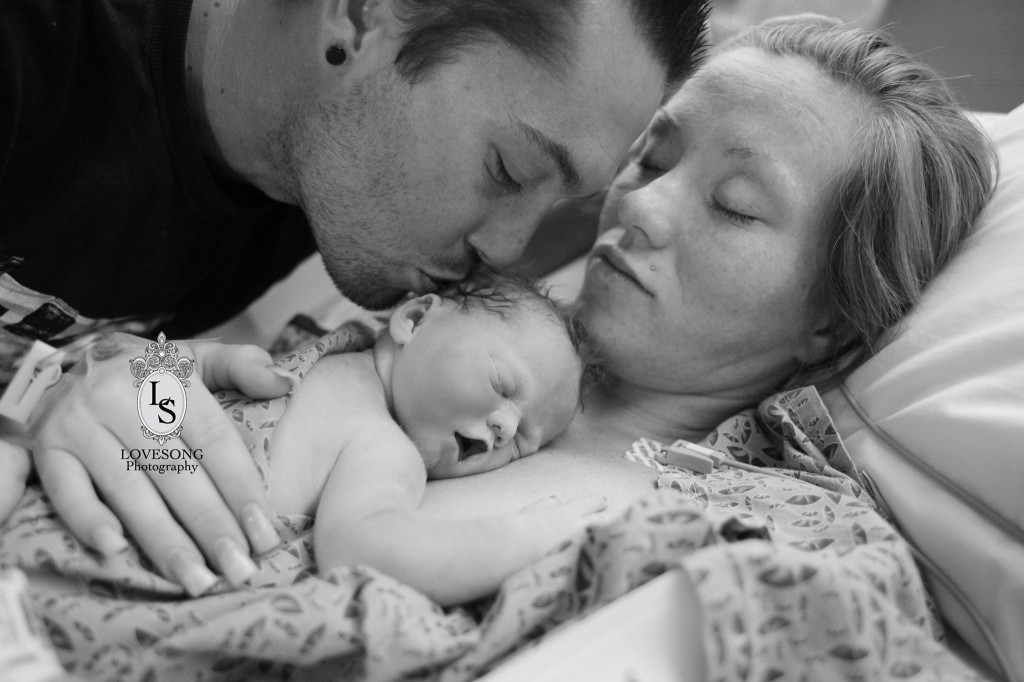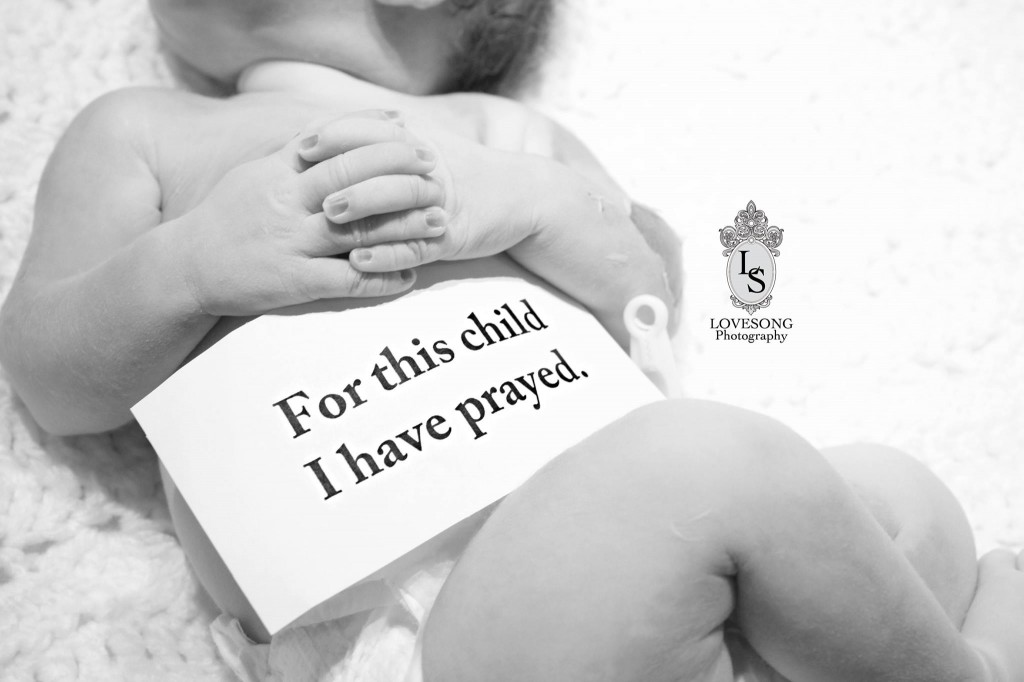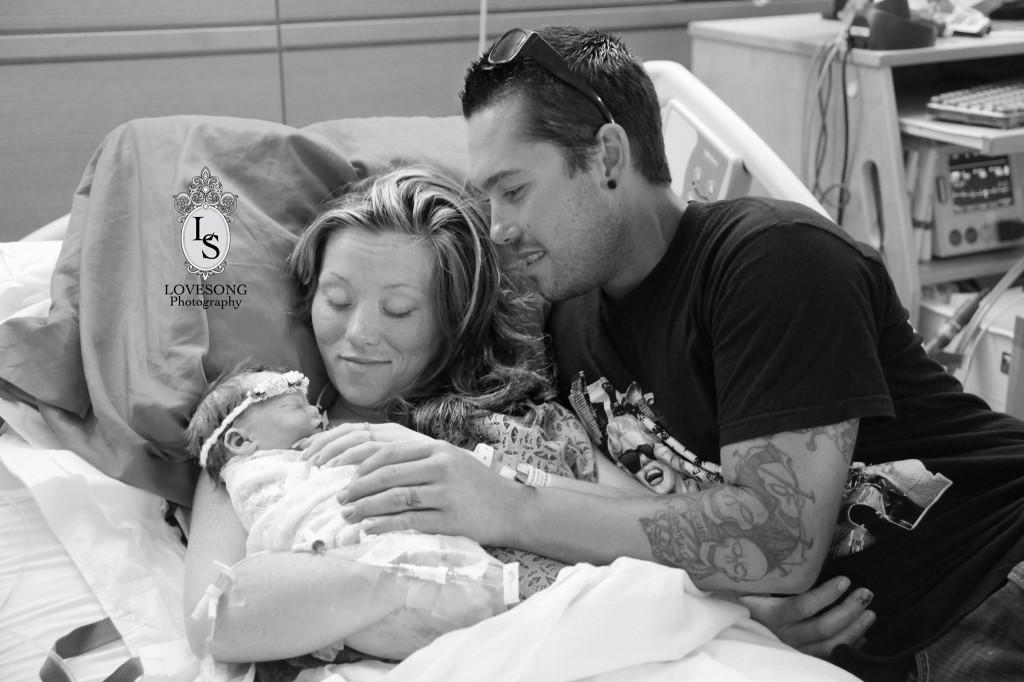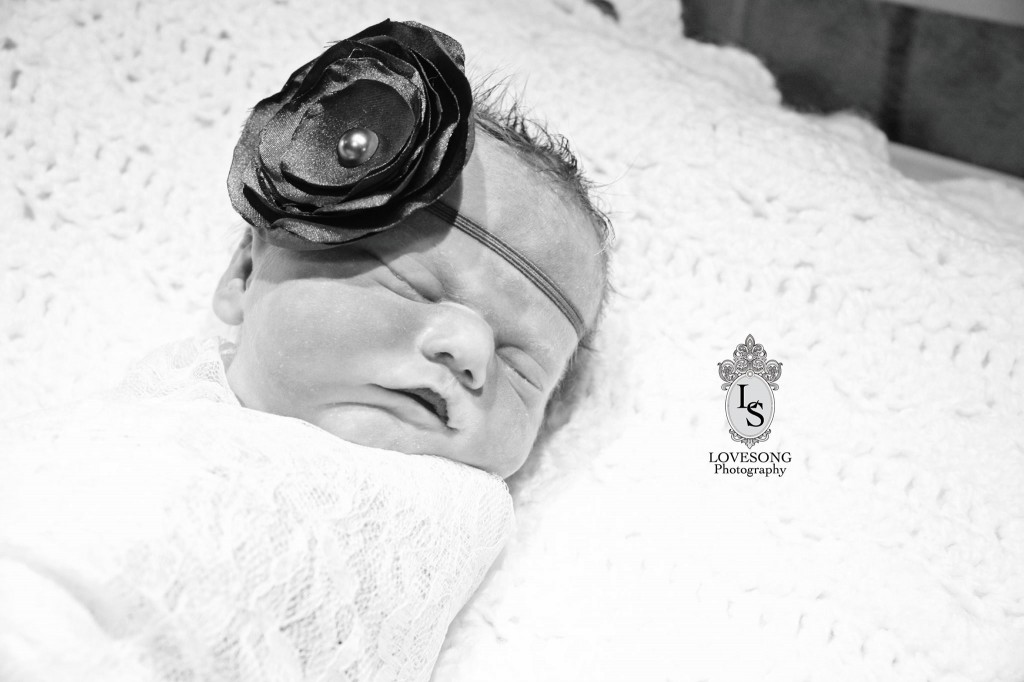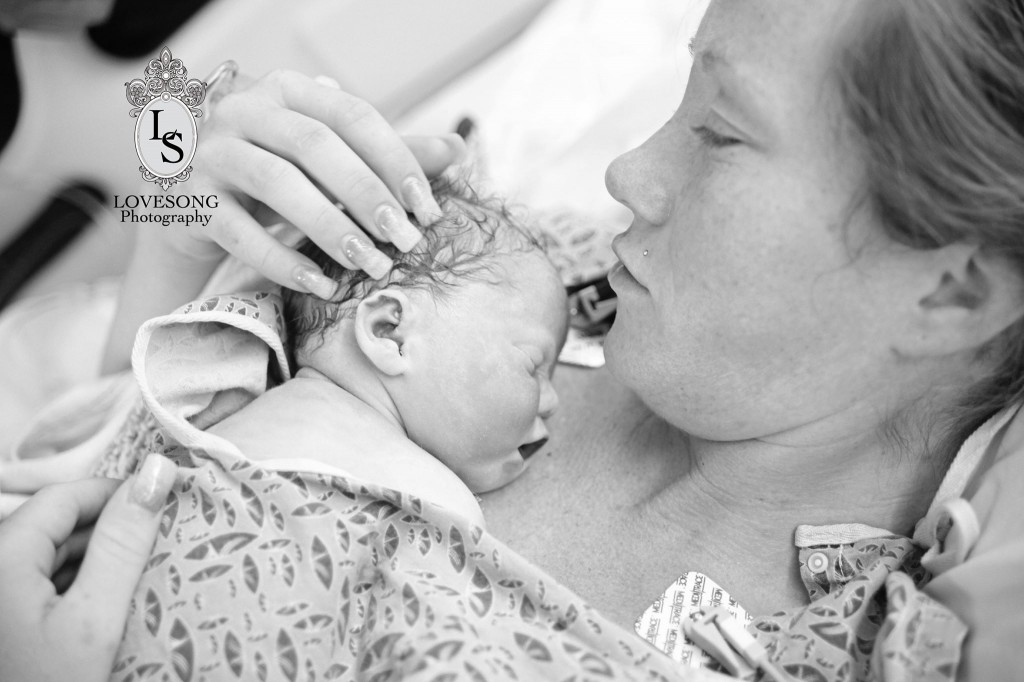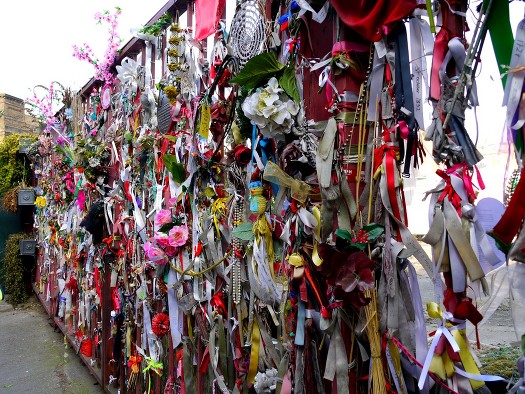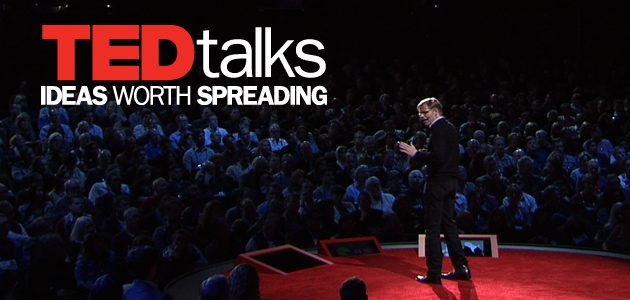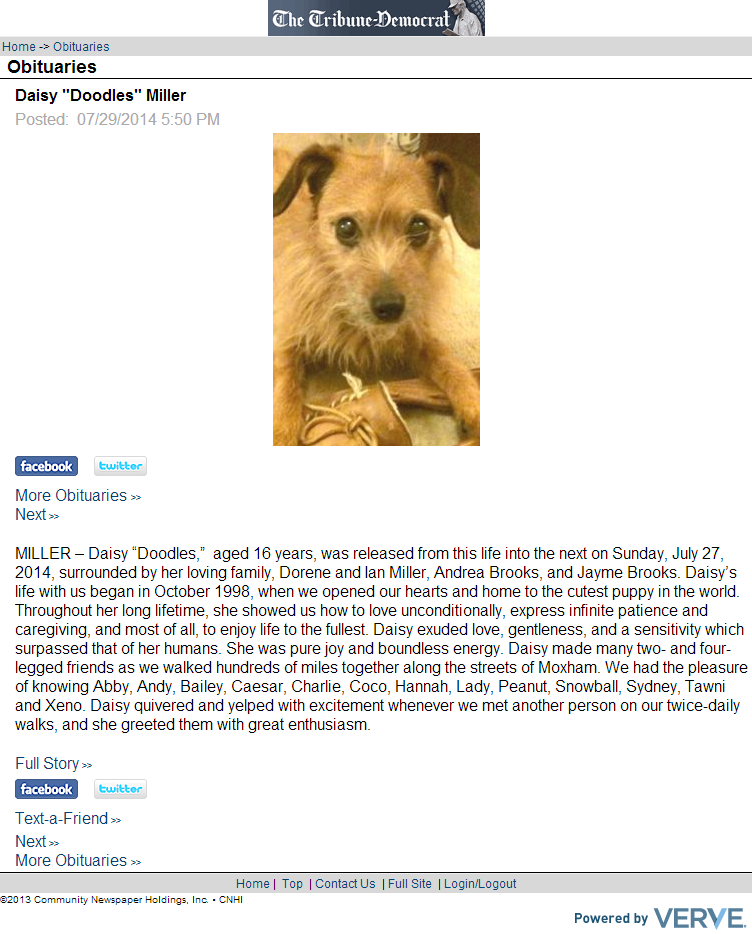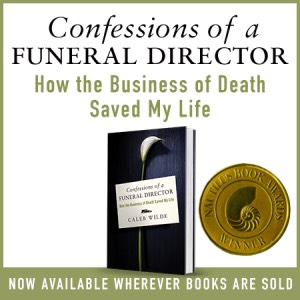Archive for year 2014
Sharing in the Grief of Stillbirth through Photography
This from Love Song Events and Photography:
WARNING- these images are extremely emotional. The family wishes for these to be shared in their child’s memory. This death was EXTREMELY unexpected and tragic. I am asking you all for your prayers. Emily (the mother) will be released from the hospital today and have to go home to a house full of baby items. She will have to walk into her daughter’s nursery and relive this nightmare for the rest of her life. Please stop and pray for them. I said on Friday, “No matter what anybody says about grief and about time healing all wounds, the truth is, there are certain sorrows that never fade away until the heart stops beating and the last breath is taken.” And I meant that. NO FAMILY deserves this unbearable pain. The Staley’s rest assured knowing they will be reunited with their sweet baby girl one day soon, but until that day comes they struggle thinking life will ever have some normalcy. They would like their story to be shared; they hope to bring comfort to other families out there that have also experienced such tragedy. They want their daughter’s life to be remembered.
Here are the pictures of the Staley family and their daughter Monroe Faith from Love Song Events and Photography
The Saddest Cemetery in the World
Cross Bones Graveyard in south London became known as the “single-woman’s” cemetery because of the high concentration of prostitutes, dubbed “single-women” or “Winchester Geese.” Since these women of ill-repute could not be given a Christian burial, Cross Bones became an unofficial dumping ground for them and other poor people living in squalor outside of London.
Closed in 1853, it was estimated that 15,000 people were buried in the cemetery, the majority prostitutes. A modern excavation done in the 1990s revealed that the area was heaped with bodies, some basically piled in mass graves. Even more grisly, the excavation led to the discovery that more than 40% of the graves were fetuses, or babies under the age of 1. Researchers also discovered that bodies in the cemetery had come into contact with a number of diseases including smallpox, tuberculosis and Paget’s disease. VIA ATLAS OBSURA
The graveyard was vacant land for the best part of a century. Then, in the 1990s, London Underground built an electricity sub-station for the Jubilee Line Extension. Prior to the work, Museum of London archaeologists conducted a partial excavation, removing some 148 skeletons. By their own estimate, these represented: ‘less than 1% of the total number of burials that were made at this site.’ One specific skull was found that was diseased with syphilis. Subsequent forensic tests revealed that the woman was 4ft 7in tall, aged 16-19, and that the disease was already well advanced. The 2010 BBC documentary ‘Crossbones Girl’ reconstructed the quest for the identity of this young woman, most likely a child prostitute. More than 60% of the skeletons found at Cross Bones were those of children.
Over the past decade, the iron gates in Redcross Way have been transformed into a people’s shrine, a living communal art-work. People of all faiths and none have left messages and mementoes, testifying to its power as a truly inclusive sacred place, dedicated to a vision of a shared humanity. Since 2004, an informal Friends of Cross Bones group has held a 7pm vigil at the gates in Redcross Way on the 23rd day of each month. People come from all walks of life to ‘remember the outcast’ and to replenish the spontaneous shrine with fresh flowers and other tokens. The Cross Bones shrine is especially relevant to ‘outsiders’, though it speaks to a much wider group of supporters. People of all faiths and none, local residents and international visitors regularly gather for the monthly vigils to participate in a truly inclusive act of respect and remembrance.
The shrine at the gates already attracts over 50,000 visitors a year; it features in many guidebooks, on guided tours and in television coverage of the vigils held by local people.
Five Fantastic TED Talks on Death
Life that doesn’t end with death: In Tana Toraja, weddings and births aren’t the social gatherings that knit society together. In this part of Indonesia, big, raucous funerals form the center of social life. Anthropologist Kelli Swazey takes a look at this culture, in which the bodies of dead relatives are cared for even years after they have passed. While it sounds strange to Western sensibilities, she says, this could actually be a truer reflection of the fact that relationships with loved ones don’t simply end when breathing does.
Let’s talk about dying: We can’t control if we’ll die, but we can “occupy death,” in the words of Peter Saul, an emergency doctor. He asks us to think about the end of our lives — and to question against the modern model of slow, intubated death in hospital. Two big questions can you help start this tough conversation.
We need a heroic narrative for death: Amanda Bennett and her husband were passionate and full of life all throughout their lives together — and up until the final days, too. Bennett gives a sweet yet powerful talk on why, for the loved ones of the dying, having hope for a happy ending shouldn’t warrant a diagnosis of “denial.” She calls for a more heroic narrative for death — to match the ones we have in life.
The 4 stories we tell ourselves about death: Philosopher Stephen Cave begins with a dark but compelling question: When did you first realize you were going to die? And even more interesting: Why do we humans so often resist the inevitability of death? Cave explores four narratives — common across civilizations — that we tell ourselves “in order to help us manage the terror of death.”
Prepare for a good end of life: Thinking about death is frightening, but planning ahead is practical and leaves more room for peace of mind in our final days. In a solemn, thoughtful talk, Judy MacDonald Johnston shares 5 practices for planning for a good end of life.
Would You Be Upset if a Dog’s Obituary Was Published in the Obituary Section?
The Tribune-Democrat recently published an obituary for “Daisy ‘Doodles’ Miller”. ‘Doodles’, as you can see from the photo below, is a dog.
Apparently the obituary has caused a degree of controversy — not for the content of the obituary — but because it was published alongside human obituaries.
So, here’s some questions:
1. Should pet obits be published in the newspaper?
2. Should they have their own section or should they be included with the human obituaries?
4. Why aren’t pet obituaries more common in newspapers?
Here’s “Doodles” obituary from the newspaper’s website:
The Tragic Story of the Generous Funeral Director
The following is a fictitious story based on all too real trends in the funeral industry.
****
I sit down in Larry’s office and do a quick look around before we start. Framed pictures of his three girls, a couple grandchildren and his wife are standing scattered on his desk. Golf clubs lie in the corner. A giant professionally drawn water color of the “Wellington Funeral Home” hangs on the north wall. And directly behind Larry’s desk a certificate is prominently displayed stating, “The State of New York Board of Funeral Directors hereby Licenses LARRY WELLINGTON to Practice as a Funeral Director.”
That photo, and others, are a couple weeks away from being removed. The “Wellington Funeral Home” had been the last of the family owned funeral homes in this town; that is, until Larry sold it to a corporation. And that’s why I was here. To cover the story for our county newspaper. An economically depressed region, Larry’s business represented one of the few success stories in our area. He was well loved by our town, respected by his business peers and his thundering golf swing had become a tall tale at the local courses.
Larry sat behind his dated metal desk and I in front of it, we know each other well enough that I bypassed the bull and got straight to the point, “Why are you selling?”
“I can’t do it any longer. After 30 years of service, it’s become a business. And I’m done with it.”
“Let’s start from the beginning,” I interrupted. “Why does a 20 year old Larry Wellington decide to become a funeral director?”
“Thirty some years ago my mother died.” Larry told me how his mom – a single mother (his dad was absent all throughout his life) – had been his rock. “She was everything to me” were his exact words. Worked two jobs as long as he could remember and sacrificed everything for Larry – her only child.
“When she died suddenly on that warm July evening – God, I can remember that phone call as clear as day — I had absolutely no idea what to do. Someone suggested that I call what used to be “Thomas Funeral Home” up in Hamilton County. So I called Dale Thomas and he guided me through the whole process of arranging the funeral, settling Mom’s accounts and he would even check up on me months after the funeral was over.”
“About six months after Mom’s death, I had her life savings in my name and I knew what I wanted to do. I wanted to be like Dale Thomas. I wanted to be a funeral director. And I used Mom’s money to go to the McAllister Institute of Funeral Service. I soon met my wife, I graduated McAllister and we moved here – Joan’s hometown – and I started a funeral home with the heart of an angel.”
At this point, Larry became reflective, his face relaxed in a pensive stare. He had been telling me his story like he was reading it out of a book … the facts of his life. And we had reached the point in his story where the facts began to blend with his current reality.
“I started this business with angel’s wings.” He waited, looking at nothing as though he was looking at a vision of himself that only he could see. “After years of being too generous, I’m tired.”
Slowing moving back to a fact teller, Larry explained how his lower prices both helped the success of the start up funeral home and laid the foundation for its demise.
“No professional service charge for children.
If they didn’t have money, I’d work with them.
If there was no insurance policy, I’d trust them.
Before I knew, I had a target on my back, “If you can’t pay, go to Wellingtons.”
At first, I didn’t mind getting beat out of a funeral. Over time — with nearly 7 percent of my customers not paying their bills — it started to wear on me. So, if I didn’t know the family, I’d ask them a litany of questions about payment and money. I then started asking people to pay all the cash advances up front. And even with the unpaid bills, I was still making a sustainable living, but my faith in humanity and my ability to tolerate deception was beginning to reach an unsustainable level.
About a year ago I buried a gentleman in his 50s who died in a car accident. Tragic. Very tragic. I didn’t know anyone in the family … they were from this side of Tioga county. The family – in their distress? – looked me in the eye, told me they had the money for the $10,000 funeral they wanted (real nice Maple casket, the best vault, etc. … they could’ve gone A LOT cheaper) and after the burial I never heard from them again.”
“I lost my wings after that” he said. “Oh, I had been beat before, but this was the one that broke me.”
Moving back to the reality that is, Larry looked at me intensely and said, “I came to a place where I’d been beat — unpaid — by so many people that I was going to have to charge them up front for their funeral. And I couldn’t do that. So I sold it to people who could.”
He continued, “I got in this line of work because I wanted to serve people, but I’ve become too jaded. Too many people are taking advantage of me. And I can’t force myself to take advantage of them.”
And with eyes that begged me for an answer, he asked, “What would you do? What would you have done?”
I didn’t have an answer. We looked at each other for a couple seconds and right before it started to feel awkward he continued, “_____ Funeral Corporation offered me enough for an early retirement and I took it.”
And the tragedy is this: It’s hard enough to run a business in this world. It’s nearly impossible to do so when you’re uncompromisingly generous. And yet, it’s the generous business people that we so desperately need.
Larry will be moving out of his funeral home and a new Funeral Corporation will be moving in. The funeral home name won’t change, but you won’t find Larry in his office. Instead, he tells me, you’ll find him on the greens, creating more tall tales on the local golf course with each long drive.
